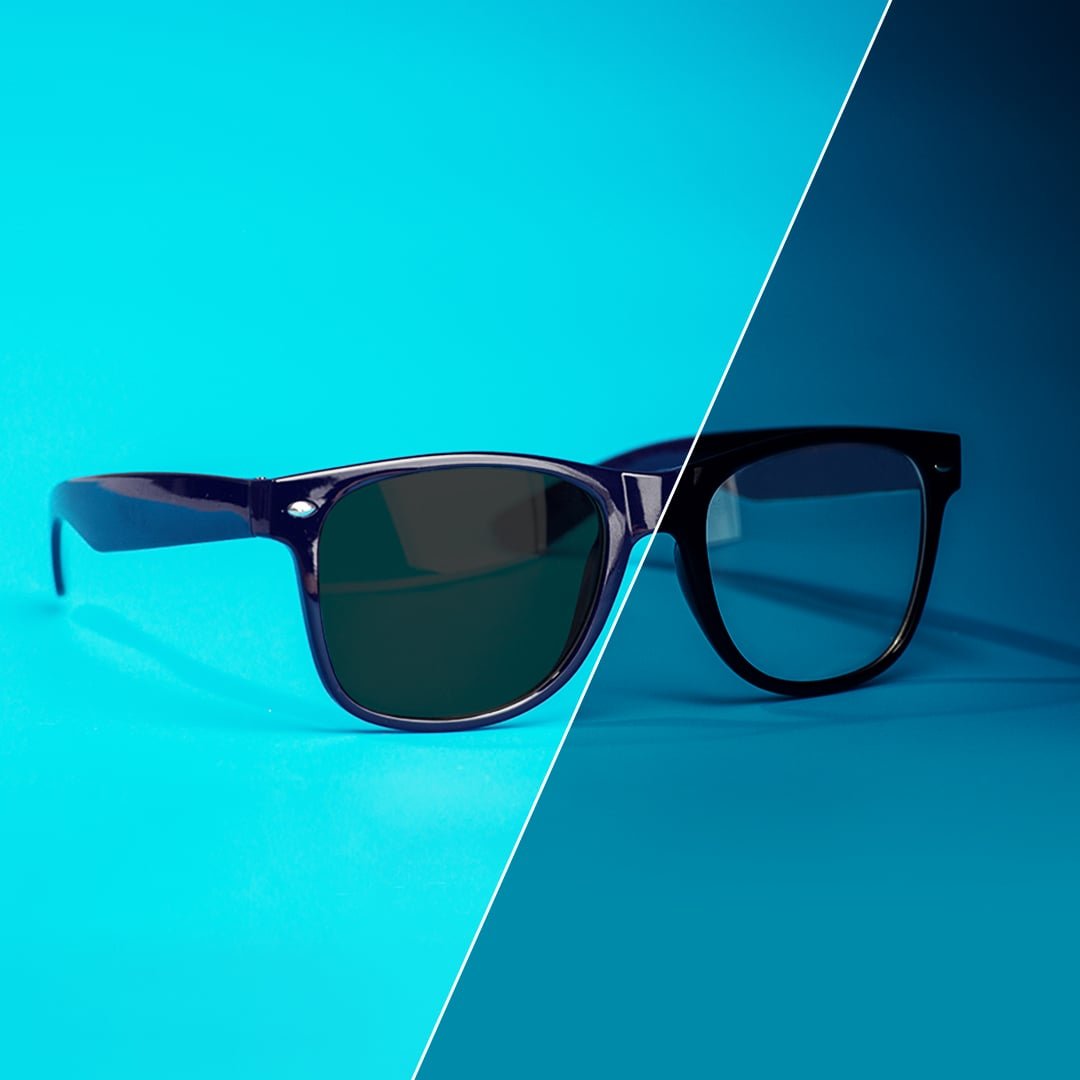This is a common question we get asked when someone needs glasses. The reason to wear glasses is for clear comfortable vision, and once you get used to this improvement, quite quickly, you become very aware of the very reason you needed glasses.
Having a direct comparison, being able to see that without glasses it is blurry and uncomfortable, is very real. Also if your vision problem is age related and progression for everyone is normal, then your eyes will “worsen” but it’s not your glasses that have caused it.
There are some common situations when this question arises – the 40 somethings first time to glasses, the people with long days at screens and children. So for each of these:
1. Happy 43rd birthday – it’s the usual age for presbyopia to start to be noticed. Our own lens gradually loses flexibility to easily adjust for near focussing, and so reading glasses start to be helpful.
It’s well known that by late 40s’or early 50s for most people the lens has continued to change to the point that you can no longer adjust your focussing and fully rely on their glasses. So yes, your 40s can be annoying as the vision gets harder at near, but then it tends to stabilise into your 50s. “Use it or lose it” does not apply here.
Wearing glasses does not change this process, it is going to happen anyway as it is driven by aging, but glasses give you clear comfortable vision. Your eyes are not lazy, they have just an older lens that no longer adjusts focus. The term for this is “presbyopia” which is Greek for “old mans eye” – might have been old for Greeks, but just middle aged these days!
2. Long periods of concentrated screen work is visually demanding – if you have even a low optical correction this is quite likely to give you symptoms, sometimes called “Digital Eyestrain”. The eyestrain symptoms resolve when your vision is focussed with glasses. So your eyes aren’t worse, you now just know what comfortable vision feels like.
3. Myopia/short sightedness in children and teens is likely to progress as they grow, and there is evidence that not focussing their vision makes this happen faster. So the things that make young eyes worse faster are related to having blurry vision, not having the advanced myopia treatment optics (glasses or contact lens options) and not having enough outdoor time – 2 hours a day aim! The myopia treatment lenses have evidence of slowing the progression by about 60%, so certainly those glasses are not making the vision worse, they help to slow the progression, and we highly recommend them.
Alternatively – here’s a short list of things that may well make your eyes worse.
1. Children not wearing their glasses as recommended and poorer vision development
2. Not enough outside time for children and teens – 2 hours a day is recommended
3. Eye rubbing – the forces of this can damage or progressively distort the cornea, so please manage your allergies.
4. Not having regular eye health checks after 40 – vision loss from undiagnosed glaucoma or other conditions that could have been treated, is heartbreaking for us all.
Optometrists care about your lifetime of vision, and we agree, not everyone needs glasses. At CapitalEyes we’ll recommend the best options for you and your family.






















